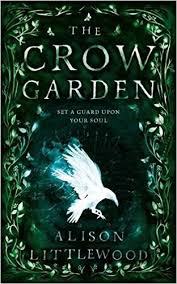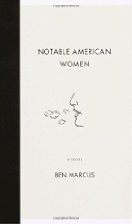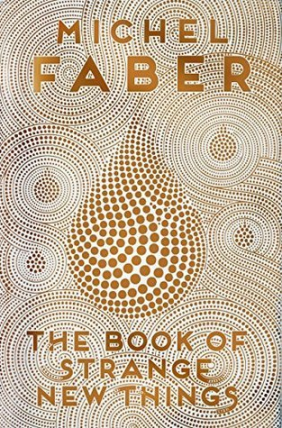 If your book club is boring, if you weary of your writing students saying only they did or did not like an assigned text, if you need better feedback from your critique group, then this book may help.
If your book club is boring, if you weary of your writing students saying only they did or did not like an assigned text, if you need better feedback from your critique group, then this book may help.
Clark, Roy Peter. The Art of X-Ray Reading: How the Secrets of 25 Great Works of Literature Will Improve Your Writing. New York: Little, Brown & Co, 2016. Print.
Genre: nonfiction, instructional literary critique
Summary: Using bearable dosages of 10-pages apiece, each chapter of Clark’s book teaches readers how put on x-ray goggles and see under the skin of some literary masterworks. Shirley Jackson, Earnest Hemingway, Rachel Carson. Fiction and nonfiction. Clark pinpoints a selection of techniques and illustrates how the writer deployed them, to what effect, why it matters, and how an emerging writer might adopt those techniques.
Critique: Compared to the reams of scathing or geeky lit critique I had read for both of my Master’s programs, Clark’s assessments of these masterworks are light. That is not to say his analyses were ineffective. On the contrary, about the time I’d be gearing up for some deconstruction of Foucaultian power paradigms or perhaps a feminist examination of symbolic liminal zones as they relate to Kristeva’s archetypes, Clark would wrap the chapter with a quick conclusion and list of applicable writing techniques or exercises. In other words, Clark can and will whet your appetite for rich literary analysis and then get the heck out of Dodge before you a.) get bored or b.) mount a counter argument (not because you want to but because the habit carved into your brain tissues after years of formal education).
I heartily recommend this book to book clubbers, the teachers of writing classes, and the leaders of critique groups. Wine drinkers, students, and novice writers alike can see what it is to pick apart text. To read as they have never done before. They can glean from Clark’s tutorials not just how to do that, but why. In mechanical terms, it’s like teaching someone how to first see a piston in the great tangled metal belly of an engine and then helping them comprehend how miraculous, how integral that little component is — not just in the smooth and powerful running of that motor, but also in the grand scheme of automobile history and human innovation.
Advertisements Share this:




